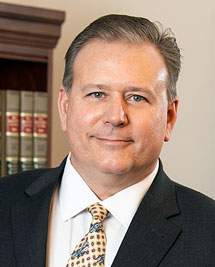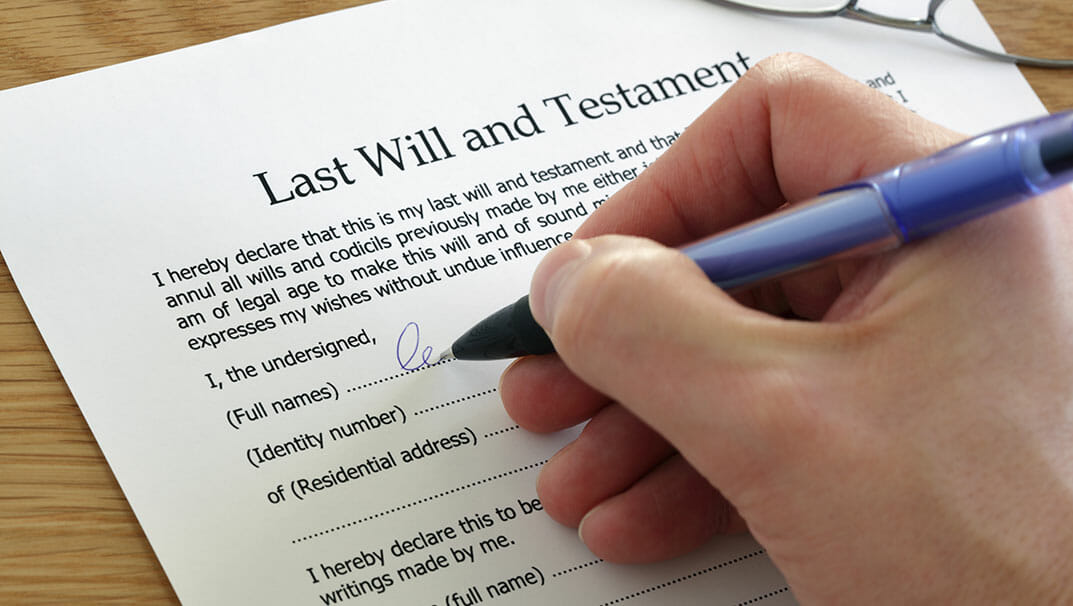Filing for bankruptcy has become somewhat of a social taboo, carrying a stigma that’s difficult to ignore. It’s a common thought that going bankrupt is a self-made problem, and that a mountain of debt is the reality check careless spenders deserve. Like all generalizations, of course there are some people who fall into the category of “irresponsible.”
However, in actuality, debt shows up in many places and wearing many faces. High-interest credit cards are sometimes the only way some households can pay for necessities for months at a time — if someone is out of work, for example. Medical expenses are also often the culprit, causing some people who begin fighting an illness or injury with no debt to quickly begin battling tens of thousands of dollars of it. Life-saving care is available when you need it, but life-saving debt relief is a different story.
The average U.S. household today with debt carries $16,061 in credit card debt with about $1,300 in annual interest, and $132,529 in total debt. Medical costs alone have grown by 57 percent since 2003 while the average household income has grown only 28 percent. According to a recent analysis of Americans ages 19 to 64, approximately 56 million will struggle to pay medical bills. Of them:
- Over 35 million will hear from collection agencies about unpaid medical bills.
- More than 15 million will use their entire savings to pay medical bills.
- Over 11 million will incur credit card debt to pay hospital bills.
- Almost 10 million will not be able to pay for basic necessities because of medical bills.
What we’re seeing is the age-old “robbing Peter to pay Paul” scenario, and people deciding to take on additional credit card debt to cover medical bills. Then, once credit cards are maxed out and life savings are spent, more than 25 million people end up skipping doses of important medications, taking less medication than what was prescribed, or waiting to refill prescriptions in order to save money, which in the long term can end up causing more trouble health-wise.
Think this is a problem reserved only for the uninsured? Think again. The healthcare costs for an average family of four covered by an employer-sponsored “preferred provider plan” is $25,826, which is triple what it cost in 2001. Employees are responsible for four percent more of the cost of their healthcare than they were 15 years ago. Additionally, prescription drug prices are on the rise and now make up almost 17 percent of all expenditures. That translates into almost four times as much as in 2001 and a growth rate of 9.1 percent from 2015 to 2016. While the Affordable Care Act has certainly made insurance accessible for more people than ever before, high-deductible plans are requiring some individuals to reach into their own pockets to pay for medical bills.
It’s tempting to turn to credit cards when the bills keep coming. However, what starts as a hope to one day be able to pay what’s owed quickly turns into hopelessness. Credit card debt won’t ever be paid in full by making minimum payments, and as interest rates soar and debt rises, minimum payments increase until the person can barely afford the minimum, if at all. What’s more, many creditors are filing suit to collect debt — and many consumers are not showing up to defend themselves. Failure to appear means the debtor may be punished with a default judgment entered against them, which can – and often is – enforced with frozen bank accounts, garnished wages, and property liens. Almost half the states allow 25 percent of a debtor’s income to be taken to satisfy a judgment. It’s even possible for hospitals to seize wages from those eligible for financial assistance.
Bankruptcy is a viable solution for anyone suffering financial devastation due to medical debt, even if it’s credit card debt accrued from medical bills. Chapter 7 and Chapter 13 of the United States Bankruptcy Code provide protections and can offer the fresh start many people seek.
The Fayette County bankruptcy attorneys at Bunch & Brock can help you evaluate your current financial situation and determine the best course of action for you to consider. It can be confusing to understand the differences between Chapter 7 and Chapter 13 – or to decide if filing for bankruptcy is necessary. If you are burdened with medical debt, you need the calm competence of a skilled legal team in your corner. With over 35 years of experience handling personal bankruptcy cases across Kentucky, our Lexington-based lawyers can help you find the right way forward to improved financial stability.
For more information regarding personal bankruptcy or to schedule an appointment, contact us by calling 859-254-5522 or filling out this online form.

Attorney Matthew Bunch
Matt handles complicated bankruptcies and debt restructuring in Chapters 11 and 13 for both individuals and companies. He has also negotiated with multiple creditors on behalf of his clients to avoid bankruptcy. Matt is the firm’s lead litigator and handles contract disputes, certain personal injury claims and general litigation. [ attorney bio ]














